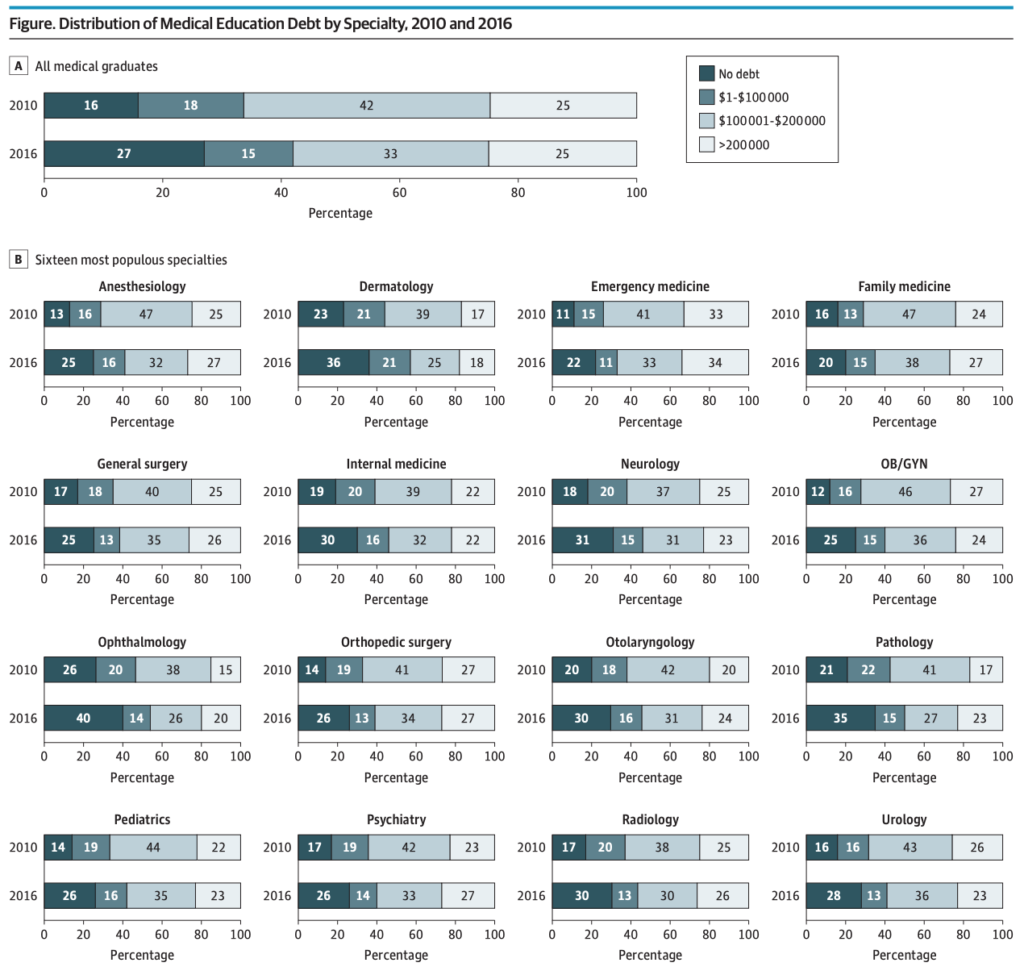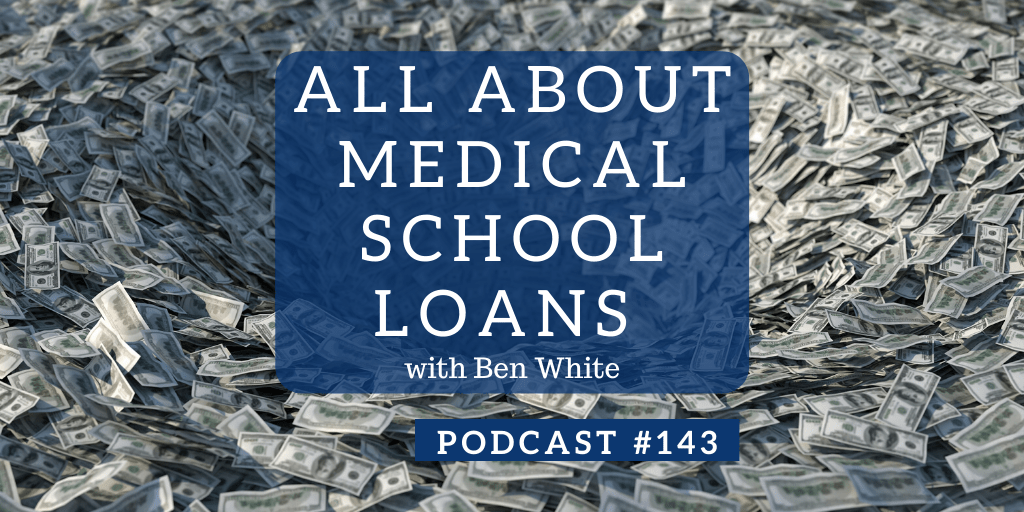The new CARES act pauses student loans for six months without interest. A few important facts:
- This is a pause (administrative forbearance) until September 30, not a typical forbearance. No capitalization will occur.
- You don’t need to do anything. It’s automatic for those currently in IDR.
- These $0 “payments” count for PSLF and long-term IDR loan forgiveness.
- You can call your servicer to request a refund for any payments made on March 13 or after.
There are a bunch of folks going for PSLF asking if they should pause their auto-payments to avoid making an extra unnecessary payment. Yes, it’s possible you could get charged and then subsequently reimbursed if you have an early April payment as the servicers try to rapidly implement the law. Folks are already reporting that their payment due amounts are now showing $0, and the servicers have until April 10 to implement the new law. It’s also already been stated that all benefits will be applied retroactively, so delays will not impact you in the long term—but you being impatient and foolhardy could.
Personally, if going for PSLF, I would absolutely not make any active changes to save money upfront unless you absolutely need to cashflow-wise. I am deeply suspicious in situations like these that the more you mess with the more likely it is for something bad to happen, requiring more work on the tail end. PSLF requires on-time monthly payments; if you call and get placed on a forbearance due to trying to pause payments, then you will not be in repayment status and these months may not count. Or, trying to manually pause autopay and then make a manual payment at the last second if you don’t see an account update is a massive hassle and places an additional burden on a company that was already strained by its day to day operations before the pandemic. I would just wait and let the servicer do their job.
Outside of the CARES act itself, if you’re PSLF bound and your income has fallen substantially, consider recertifying your income now with pay stubs to lock-in lower payments for when the $0 period expires.
What is the impact?
For most of the non-PSLF-bound, it’s just a pause. You can choose to not make payments for six months (or more, it could always be lengthened later), and there will be no penalty at all. Nice flexibility, but it doesn’t really change the natural history of your loans unless you choose to continue making payments during the pause. If you are fresh off of a capitalization step like consolidation or the end-of-grace period, then you have no unpaid accrued interest and so any optional payments you make will go straight to the principal, which is neat.
For PSLF, how much this will save you in the long run depends on where you are in the repayment process.
For graduating medical students:
Many folks consolidating at the end of school will earn $0 payments for their first year, so your monthly payments will not change. There will be no interest accruing for a while, but this will only be relevant should you eventually take a non-qualifying job. So, basically, it’s quite possible this will have literally no impact on you. For anyone considering PSLF, it’s just another reason to consolidate ASAP, because a full six month grace period could be an even bigger waste.
For those certain they don’t want PSLF, there is now a potential reason to wait to consolidate. A 6-month grace period after graduation will be longer than the CARES act 0% period (at least for now), so waiting until the very end will result in a token amount of increased accrued interest during the last couple of months that will then capitalize. But if you wait you can eek out extra months of $0 payments if you wait to consolidate because you’ll start your IDR cycle later and get a full year of low payments based on last year’s taxes (stacked after the CARES act instead of overlapping it). Ultimately that would result in a full year of the optimal unpaid interest subsidy in REPAYE, likely saving you real money. While waiting does make sense outside of loan forgiveness, I ultimately caution most residents with average or high debt to simply rule out PSLF early in residency.
For residents:
You will save a small amount of money because your monthly payments are generally low to begin with. Certainly not going to hurt, and it’s a good chance to take that extra cash and pay down any high-interest (e.g. credit card) debt you may have previously been unable to make progress on.
For attendings:
Attendings in PSLF will save a lot of money. An average physician debt holder capped at the 10-year-standard could easily save $12-18k thanks to six $0 qualifying payments during their high-paying attending years.
Unintended Consequences
As always, the macro and micro don’t match the way politicians or most people would intend or anticipate. Payment pauses are just the minimum viable cashflow bandaid, a step that will ultimately do little for most borrowers nationwide, who already struggle with student loans at baseline with a 10%+ delinquency/default rate.
Meanwhile, while physicians and other high-earners are certainly not immune to job loss from the COVID pandemic, the actual monetary benefits of this policy disproportionately benefit those with large loans and large incomes.
It’s just not enough.
It’s not enough to prevent an absolute economic crush on young Americans, especially if they are largely left behind in the recovery like they were in 2008.
Student loans—like so many other critical issues from our infrastructure and healthcare system to campaign finance and legislative reform—are crying out for a cohesive, coherent, and complete overhaul, and the developing public health and economic disaster should be a wake-up call.

